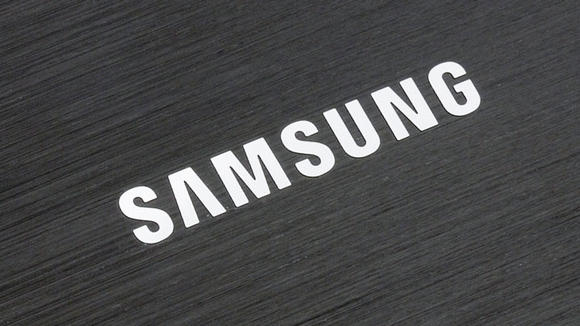There’s no denying that Xiaomi has made its mark on the Asian consumer market. The company sold 18.7 million smartphones in 2013 and 61 million in 2014, with a well-received market in Xiaomi’s home country as the explanation behind the company’s success. Samsung has always been a manufacturer keen on providing something for everyone, and finds itself crafting new ways to combat Xiaomi’s rise in the East.
According to sources, Samsung is now looking at implementing a business strategy that has worked well for Xiaomi in 2014 with the hopes that the Korean manufacturer can recoup some of its profit from last year. One interesting point is that Xiaomi only sells its handsets via its official websites. Samsung management believes this strategy was one reason that helped the Chinese smartphone producer improve its bottom line in such a short time, said a subcontractor representative whose contractor is in business with Samsung.
By improving the bottom line, it’s clear that Xiaomi’s profit is not the factor; after all, Samsung did manage to deposit $4.5 billion at the end of 2014 as compared to Xiaomi’s $50 million. That’s a huge difference in profit, but Xiaomi sold nearly 16 million smartphones in Q4 2014 as compared to Samsung’s 74.5 million smartphones in Q4 2014 – which indicates that Samsung’s success isn’t completely gone in the smartphone sector.
Yet and still, Samsung wants to raise its profits in 2015 in an effort to not only appease its investors but also the company’s bottom line. To that end, the company wants to push forward with an online marketing strategy designed to meet Xiaomi head-on.
While the executive did say that Samsung wants to increase its online marketing in Asia and the East, he was also certain that Samsung will not bring the same business strategy to the US, UK, and other developed markets. Samsung must be cautious about directly selling products via its online websites in developed markets because if it does, then carriers in these will be angered, the executive said.
Western consumers, with a desire to “try before they buy,” won’t mind, but online marketing seems to be a win-win for companies like Xiaomi that can’t afford to build or grow retail stores and look to maximize profits while minimizing cost.
Perhaps it is the case that Samsung can learn a thing or two from Xiaomi — after all, companies that win in the consumer market must learn how to adapt and change. And, if Samsung’s $4.5 billion quarter in 2014 is indicative of how the company’s profits are falling, then maybe Xiaomi could also learn a thing or two.







